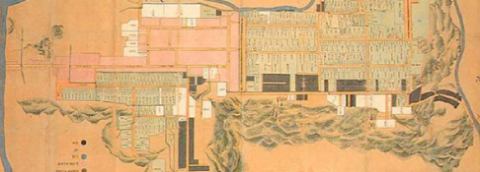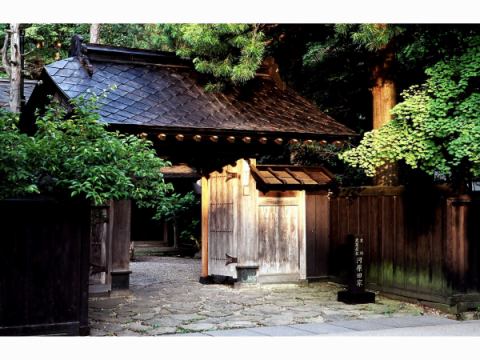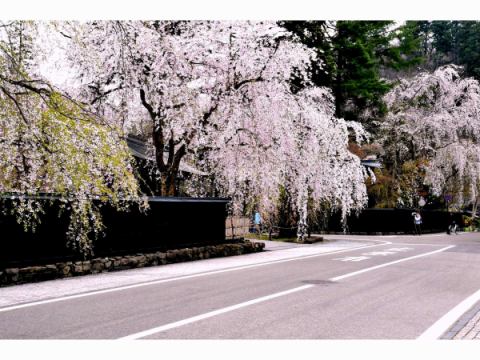- HOME
- About Kakunodate
Know the history of the Kakunodate
Kakunodate
In the Warring States Period, Mr. Tozawa's headquarters.
1602 (Keiichi 7 years) after the battle of Sekigahara Mr. Totsawa, who had been ruling until then,
Mr. Satake was transferred to Hitachi Taga-gun (now Hitachi city, Ibaraki prefecture), and Mr. Satake was transferred from Mito, Ibaraki Prefecture, where he was ruling, entered Akita and became the lord of Kubota.
Kakunodate, 1603 (Keicho 8) the next year, Natori won the name of Yoshinobu Satake 's younger brother and entered the Kakunodate as a deposit (aszukari).Mr. Mr. 's control continued for three generations, but Mr. Mr. 蘆 was severed by the death of the name Chizugumaru in 1653 (adaptation 2 years).Instead, in 1656 (2nd year of the second year), Mr. Satake's branch of Satake Kita, who is a branch of Mr. Satake, entered the Kakunodate, and continued eleven generations until Meiji era.
In the Warring States Period, Mr. Tozawa's headquarters.
1602 (Keiichi 7 years) after the battle of Sekigahara Mr. Totsawa, who had been ruling until then,
Mr. Satake was transferred to Hitachi Taga-gun (now Hitachi city, Ibaraki prefecture), and Mr. Satake was transferred from Mito, Ibaraki Prefecture, where he was ruling, entered Akita and became the lord of Kubota.
Kakunodate, 1603 (Keicho 8) the next year, Natori won the name of Yoshinobu Satake 's younger brother and entered the Kakunodate as a deposit (aszukari).Mr. Mr. 's control continued for three generations, but Mr. Mr. 蘆 was severed by the death of the name Chizugumaru in 1653 (adaptation 2 years).Instead, in 1656 (2nd year of the second year), Mr. Satake's branch of Satake Kita, who is a branch of Mr. Satake, entered the Kakunodate, and continued eleven generations until Meiji era.






